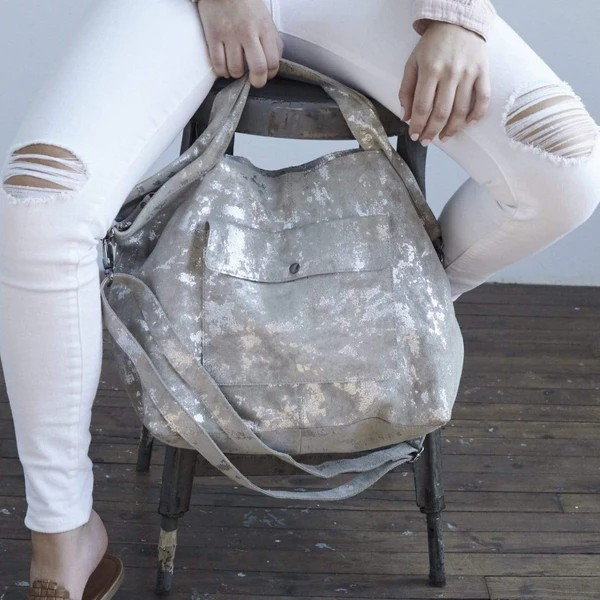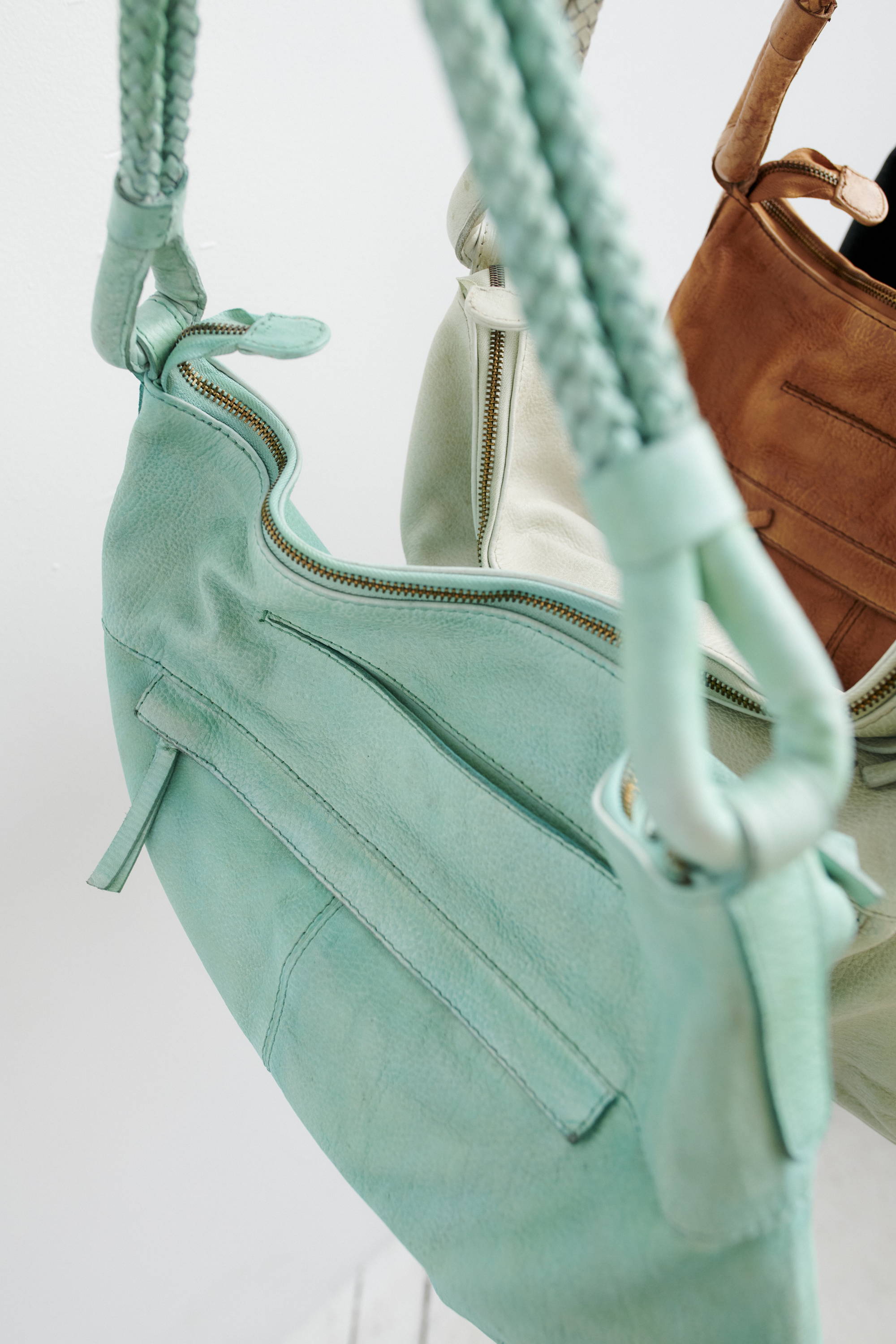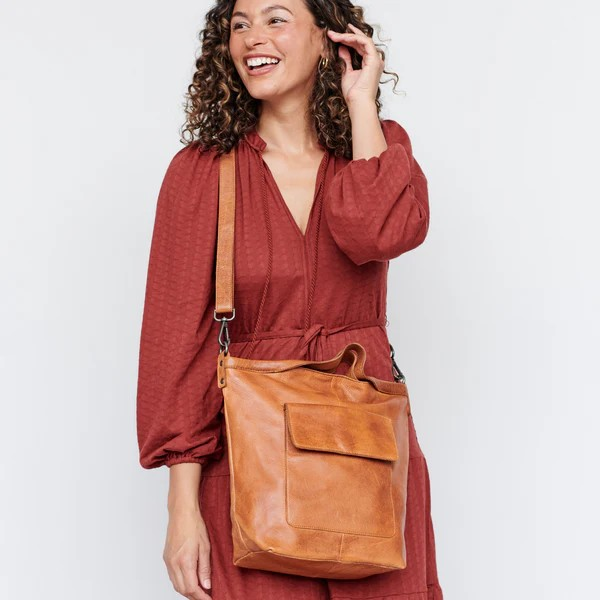
Different Types of Leathers & Their Water Resistance
Have you ever wondered if your favorite leather accessories are genuinely waterproof? Leather, a natural and highly porous material, is beloved for its durability and timeless appeal. But there's more to the story regarding its ability to repel water.
While leather isn't completely waterproof, there are ways to enhance its water resistance, ensuring your gorgeous handmade leather handbags look brand-new for as long as possible.
Is Leather Waterproof?
Although it can handle light rain or splashes, leather is a porous material, which makes it inherently unable to be entirely waterproof. However, you can enhance leather's water resistance capabilities with the proper treatment, such as leather conditioners, sealants, and other products.
Treating leather for water resistance becomes especially necessary when dealing with items that see regular use, like leather boots or handbags. If your item has suffered severe water damage, professional help may be required to restore the leather.
Seek an expert specializing in reviving water-damaged leather to restore the items to their former glory. Consult the leather manufacturer's care guidelines before applying any care products, as not all leather goods are compatible with all formulas.
Note: Latico Leathers does not recommend using leather conditioners on any of our full-grain leather products. Full-grain leather does not require conditioner.

What Does Water-Resistant Mean?
Think of how water rolls off a new jacket or a freshly waxed car. That's water resistance in action. It allows materials to repel water. However, water resistance is different from waterproofing. Exposure to moisture for prolonged periods or under high pressure can lead to absorption. Remembering that leather requires the proper care to stand up to water is vital.
Waterproof vs. Water-Resistant Leather
Waterproof leather refers to leather utterly impervious to water. However, achieving absolute waterproofing in leather is rare due to its porous nature. On the other hand, water-resistant leather, such as patent leather, can withstand water to a certain degree but isn't entirely water-immune.
Leather inherits certain traits from its source, i.e., the animal's hide. Varied factors, including the hide's thickness, quality, and later processing, significantly influence its ability to resist water.
Leather's Porous Nature
Leather has a porous surface, similar to your skin. A myriad of tiny pores spread across the leather, acting as a pathway for water to seep through. Water absorption into these porous spaces can eventually cause damage, such as discoloration and stiffness.
Leather likes to soak up moisture. Water, in particular, bonds with oil molecules naturally present in leather. As the water evaporates, it carries away these essential oils, leaving leather dry. In this "dry rot" phase, the leather becomes brittle and cracks. This is one of the reasons why leather care involves maintaining its original oils and avoiding excessive moisture.
Use of Synthetics in Waterproofing Leather
Using synthetic materials in leather production can significantly affect a material's water resistance. For example, manufacturers often apply a plastic-based protective layer to the surface of genuine leather, making it completely water-repellent. Like faux leather, synthetic leathers are made from plastic, making their structure naturally waterproof, notwithstanding their lower quality and thinness.

Types of Leather & Their Water Resistance
There are several types of leather, and their ability to resist water varies based on their quality and treatment.
Full-Grain Leather
Full-grain leather is the highest-quality leather, woven with the entire grain layer. This dense network of fibers makes it naturally water-resistant to a certain extent. Nonetheless, some people treat their full-grain leather to enhance its water repellency. At Latico, we use only 100% full-grain leather because of its superior durability. If you have questions about your bag's water resistance, contact us at info@laticoleathers.com.
Top-Grain Leather
Next in line is top-grain leather, which manufacturers smooth by sanding away the hide's top layer. For many consumers, it can help them balance quality and cost. While not as naturally water-resistant as full-grain, proper care can render it more resilient to water.
Genuine Leather
Genuine leather is at the lower end of the spectrum. Manufacturers craft it from leftover pieces after removing the top and full-grain layers, so it lacks superior leather' durability and water resistance. However, maintaining genuine leather with conditioners and sealants can increase its water resistance somewhat.
Bonded Leather
Bonded leather, made from leftover scraps bonded with glue, is the least water-resistant. Treating this type of leather for water is crucial to extending its lifespan. However, even bonded leather you've treated will likely show signs of wear and tear sooner than a well-cared-for leather of higher quality, such as a full-grain.
Making Leather Water-Resistant
There are a few different methods for amplifying leather's water resistance. However, these methods are only suitable for some types of leather. Always follow the care guidelines from your leather product's manufacturer to keep your item in good condition.
- Waxing: Infusing your leather products with wax helps safeguard them against water damage and gives them a delightful protective shine.
- Oil-based treatments: While wax safeguards against water exposure, oil-based treatments hydrate the leather and stave off drying and cracking.
- Silicone sprays: These sprays significantly enhance water resistance, sealing out any intruding moisture.
It's crucial to note the limitations of leather treatments. These methods can only partially waterproof your prized leather boots or handbags; even the most waterproof leather eventually breaks down with relentless or substantial water exposure. Proper care, including avoiding moisture and mold, remains the best way to protect your leather goods.
How to Care for Leather That's Been Exposed to Water
Exposure to moisture presents both immediate and long-term challenges for leather products. Here's how to prevent long-term water damage.
Immediately blot the leather dry.
The first step after your leather product gets wet is to blot it dry. We suggest using a dry cloth to absorb as much moisture as possible. This crucial step minimizes the amount of water the leather absorbs and can reduce potential water damage.
Allow the leather to air-dry completely.
After you've patted your item dry, it's time for air drying. Leather should air dry naturally to prevent warping and stretching. Avoid using artificial heat sources, as they can damage the leather. For certain items, like purses, filling them with newspaper maintains their shape while they dry.
Apply a conditioner.
If your leather manufacturer recommends it, applying a conditioner can ensure your leather's continued health and water resistance. Spread the conditioner uniformly over the leather. Wipe off the excess and let the leather dry naturally in a cool area. (Remember, Latico advises against using conditioners on our products.)
Avoid direct heat.
Resist the temptation to lay your leather item in a bright spot to dry. Avoid exposing your leather to direct heat or sunlight since direct heat can dry out and crack the leather, potentially changing its natural color.
Consult a professional.
If the water damage has been severe, professional leather restoration services may be necessary to salvage the situation.
Choosing the Right Leather for Your Needs
Some varieties of leather, such as full-grain or nubuck (a buffed-down version of full-grain leather), can withstand harsh conditions better than others. For example, full-grain leather offers natural water resistance and durability, which is useful when encountering moisture or weather elements. On the other hand, suede, crafted from the skin's underside, is highly sensitive to water damage.
Generally, full-grain leather products offer the best balance of natural water resistance, traditional aesthetics, and long-term durability, making them highly suitable for everyday bags for your typical office, home, or commute routine.
Knowing how to properly care for leather bags and safely store leather goods is imperative to keeping them in prime condition. Proper care is essential for maintaining their strength and water resistance.
Frequently Asked Questions
How can leather be protected from water damage?
Some leathers can be protected from water damage using a waterproofing product, such as a spray protectant or beeswax cream, specifically designed for leather.
What can cause damage to leather?
Exposure to substances like water, alcoholic drinks, greasy stains, sweat, and body oil can damage leather. However, immediate cleaning of the leather can prevent lasting damage.
Does exposure to rain cause the leather to crack?
Yes, water can soak into leather over time and cause it to crack. White salt marks may also appear and cause permanent distortion.
Does leather have waterproof properties?
Leather is somewhat water resistant, but it is not fully waterproof. While it can withstand small amounts of water, like light rain, its porous nature makes it incapable of being completely waterproof. Excessive water can alter the supple texture of leather, making it stiff and rigid.

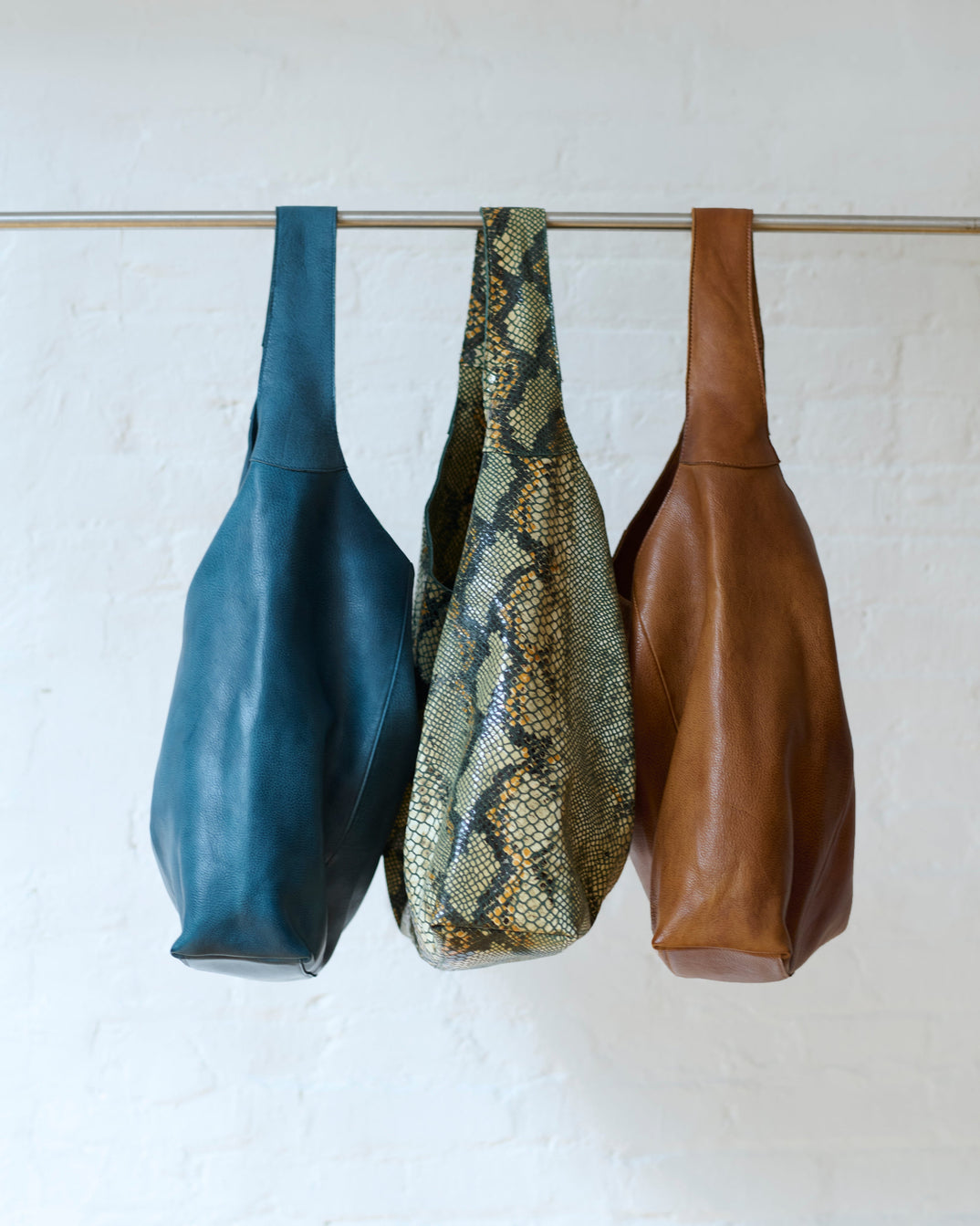
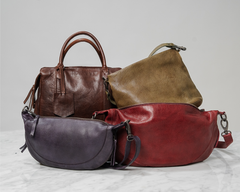
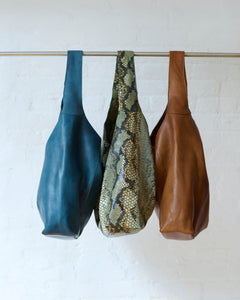
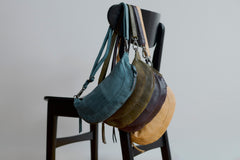
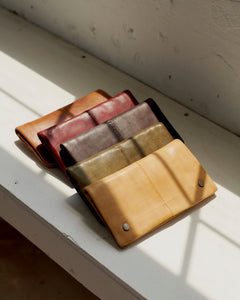


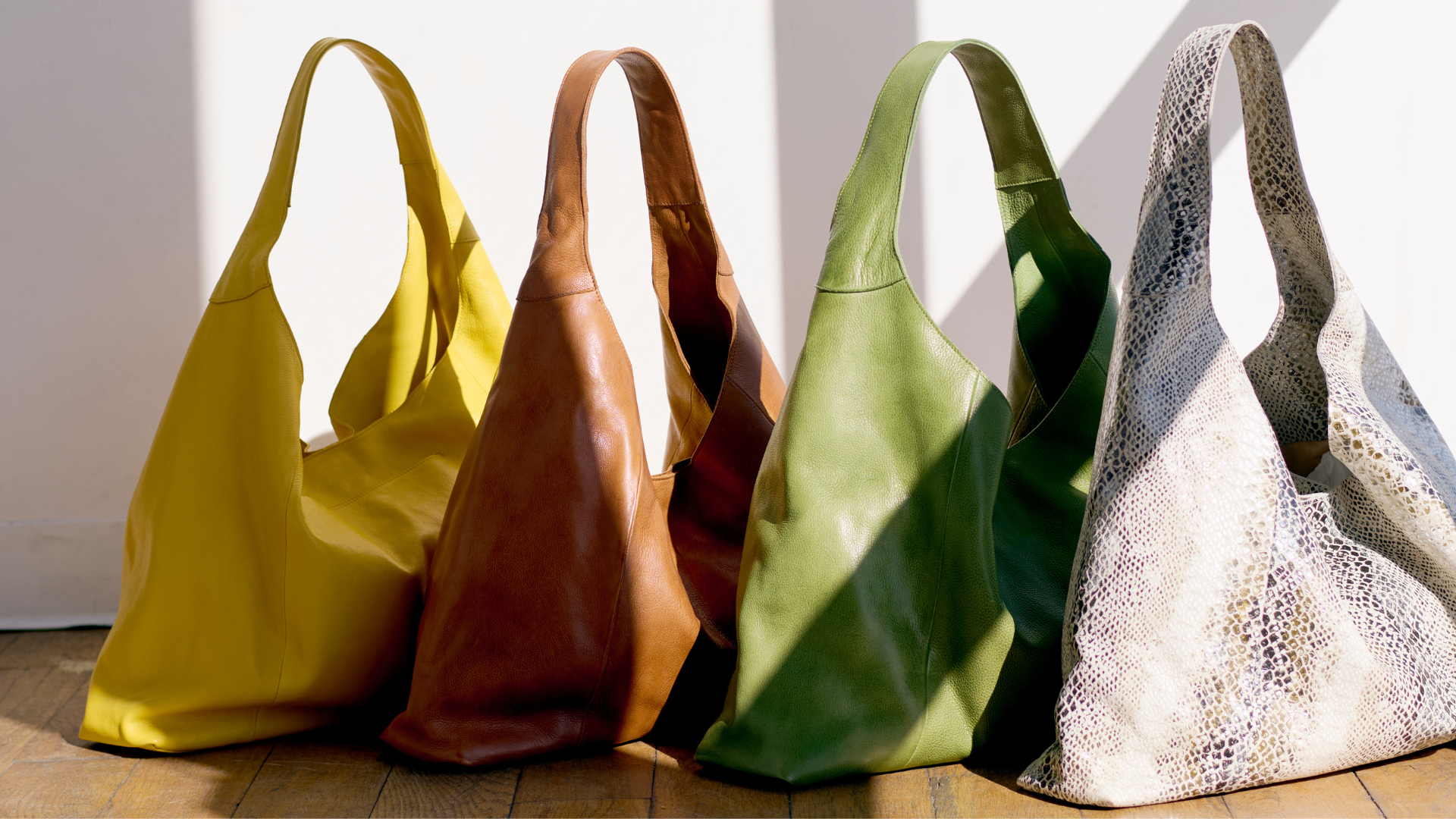
 Black
Black Bubble Black
Bubble Black Charcoal
Charcoal Cognac
Cognac Brown
Brown Cafe
Cafe Walnut
Walnut Almond
Almond Saddle
Saddle Eggplant
Eggplant Oxblood
Oxblood Burgundy
Burgundy Aubergine
Aubergine Tan
Tan Hazel
Hazel Ballet Slipper
Ballet Slipper Blush
Blush Camel
Camel Red
Red Orange
Orange Natural
Natural Burnt Orange
Burnt Orange Poppy
Poppy Plum
Plum Rosa
Rosa White
White Oat
Oat Grey
Grey Cobra
Cobra Desert Trail
Desert Trail Denim
Denim Indigo
Indigo Emerald
Emerald Teal
Teal Turquoise
Turquoise Sky Blue
Sky Blue Grass
Grass Green
Green Moss
Moss Olive
Olive Yellow
Yellow Lemon
Lemon Honey
Honey Chartreuse
Chartreuse Mustard
Mustard